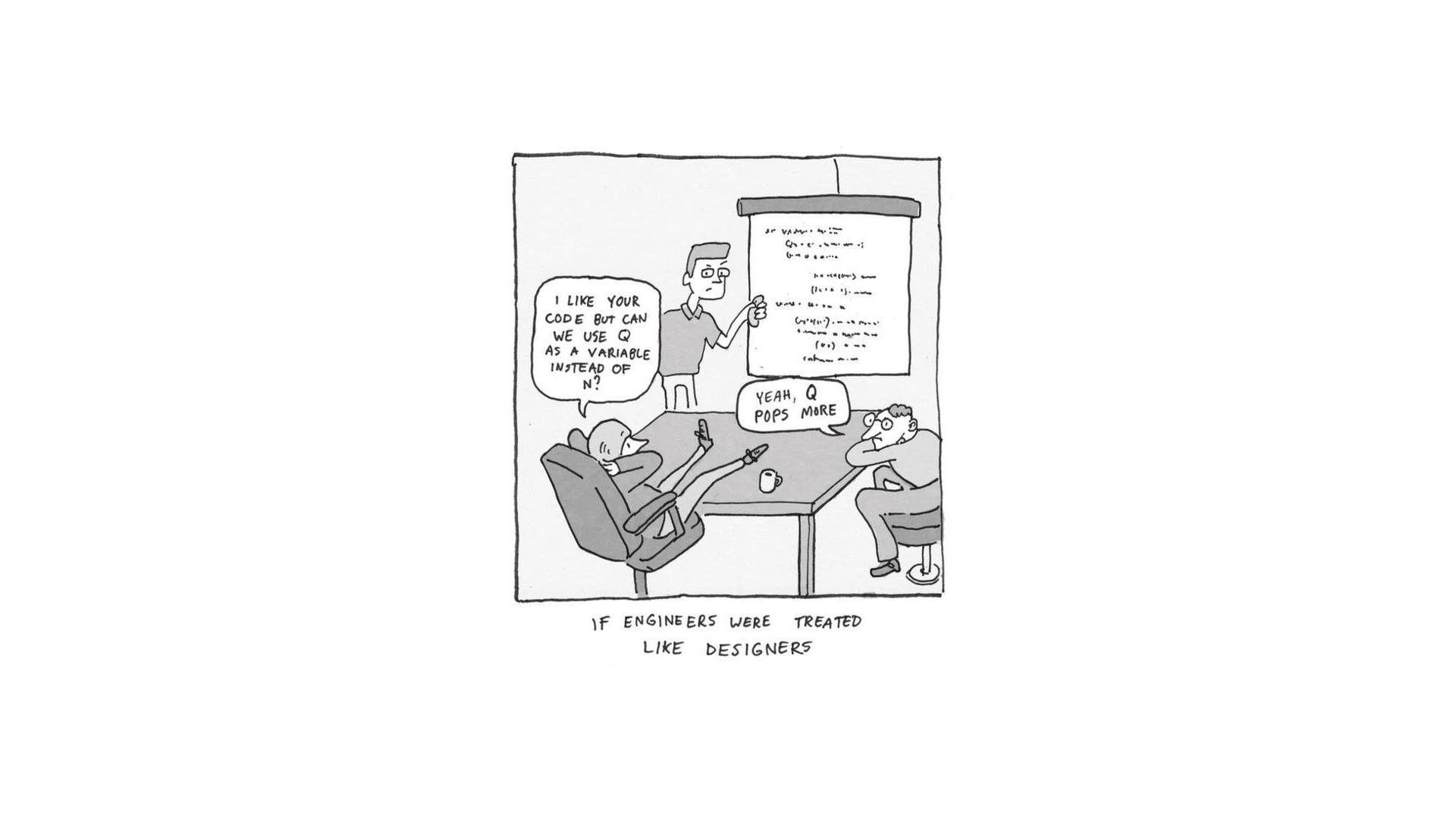3 June 2019 (updated: 2 December 2024)
The Art of Justifying Your Design Decisions
Chapters

Being able to explain the decisions you make while designing digital products will not only make you confident about your solutions, but it will also improve your communication skills.
The ability to explain the decisions you make while designing digital products is equally important as the design work itself. However, this skill is unfortunately commonly underappreciated. This article will highlight and explain the designers’ role and help them become better communicators by outlining a few good practices.
Field that becomes more significant
For decades the work that designers did was mostly portrayed as making things that just looked visually appealing. When it comes to digital products, the burden fell mainly on developers. Apart from the technical aspect, they were in charge of the user flows and information architecture of each product, while designers were solely responsible for the visuals, and in some cases, they weren’t involved at all. Terms such as “user experience” weren’t widely used and, clearly, these digital products were missing out.
How well we communicate is determined not by how well we say things, but how well we are understood.
Andrew Grove
Along with the development of technology, the role of designers has incrementally increased in its value. Nowadays, job offers for Product Designers, UX Designers and UX Researchers are popping up like mushrooms. Organizations are adapting to the competitive market since it’s no longer an advantage to have a design that is just decent.
Underappreciated role
Despite the increasing demand for design positions, our role is still commonly misunderstood by the stakeholders. Since it’s a relatively new field, plenty of companies struggle to understand who they actually need. They used to hire designers to make their brands look consistent. Now that the designers’ role has become the backbone of the product development cycle, businesses want them to solve real problems.
 Our job is commonly misunderstood. Source: SkeletonClaw
Our job is commonly misunderstood. Source: SkeletonClaw
The biggest issue with design is that it’s mostly highly subjective and many stakeholders want to throw in their two cents. It’s quite easy to criticize a design based on your own assumptions and preferences. Most clients and stakeholders aren’t familiar with technology and design is the first thing they can comment on. The fact that a specific design would work in one context and not in another makes it extremely challenging for us.
Everybody is a designer… to some extent
Having discussed the role of designers and the subjective aspect of design, we must take into consideration that although design has an impact on the entire product, almost everybody involved in the process is a designer in some way. It inevitably includes developers, product managers, QAs and, obviously, product owners.
Everything is designed. Few things are designed well.
Brian Reed
Bearing that in mind, we must be transparent about our design process and supportive to our team. We build better products by engaging every member of the team in the design process. Does it mean that developers should be preparing wireframes and the product manager should be in charge of user flows?
Not really.
It means that each team member has to be aware of our role and its importance for the product and business.
How to deal with your decisions
As designers, we must take into account countless things that shape our final work. Apart from business requirements, we’re also bound to face technical limitations and other people’s feedback. Dealing with grumpy stakeholders can be remarkably challenging sometimes.
Here are a few practices that you should implement in order to become a better designer and communicator:
- Make sure you understand the problem you’re solving as well as the business context. It will let you prepare designs that actually bring value.
- Walk a mile in the shoes of the decision-maker. Listen attentively and try to understand this person’s point of view. Don’t use tech savvy jargon that only you can interpret.
- Leave your ego at home and remain focused on the ultimate goal. We design for the users, not to impress other designers.
- Always consider alternative solutions, but don’t overwhelm decision-makers with too many options. It will give them an impression that you’re not confident about your decisions.
- After the meeting, follow up with the client and give yourself some time to look at their insights. Be prepared for the possibility that the design will never be done because of the fact that it’s an iterative process.
Articulation is a design skill now
The ability to explain the rationale behind one’s solutions is an inherent skill of every experienced designer. It’s vital because the decisions you make have impact on the whole working product. If you lack this skill, the result of your work can vastly diminish its significance and the stakeholders might not fully understand your solutions.
Every time you face a new challenge, try to implement the above-mentioned practices. Not only will they impact the product you’ll be working on, but they will also help you grow as a designer.





